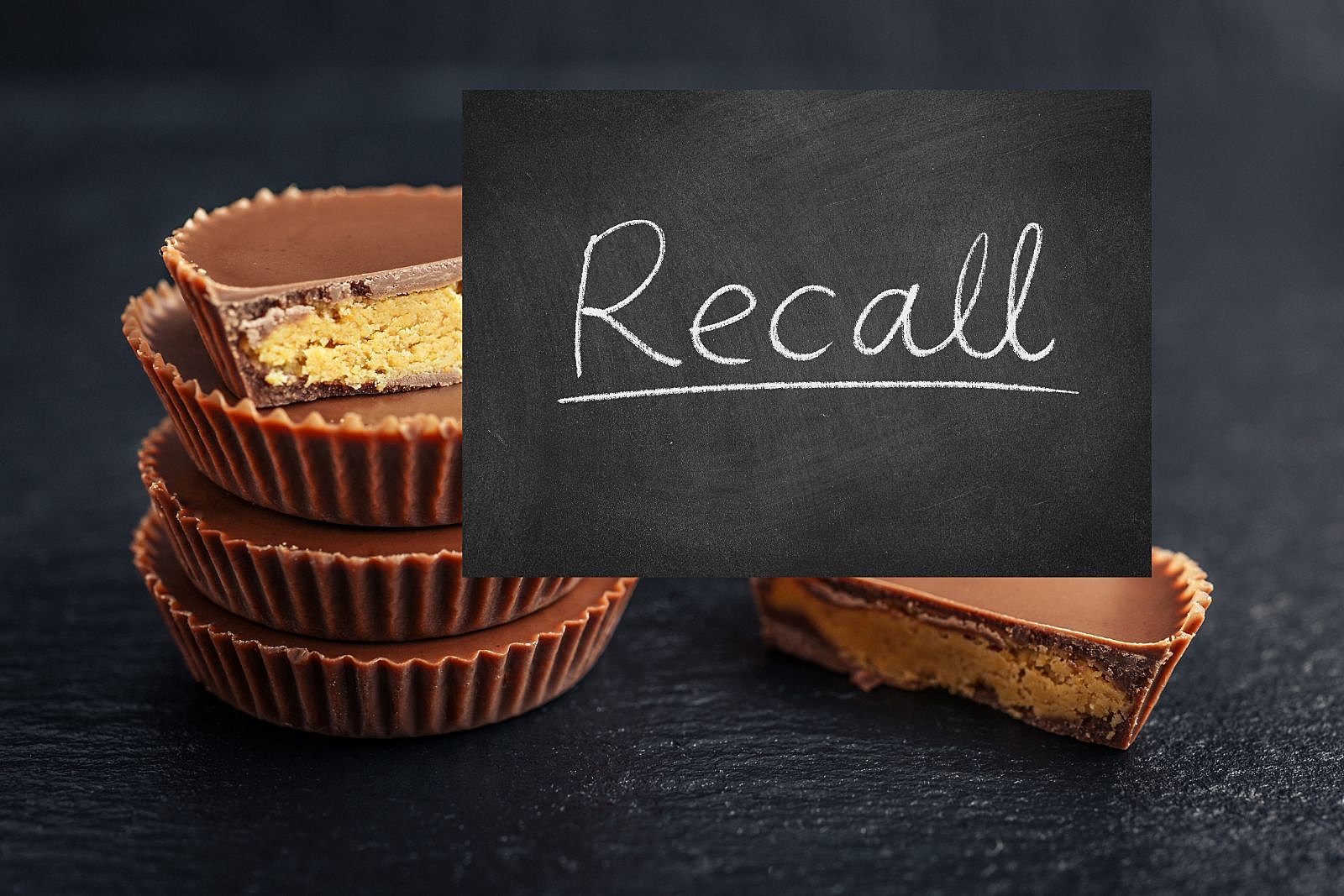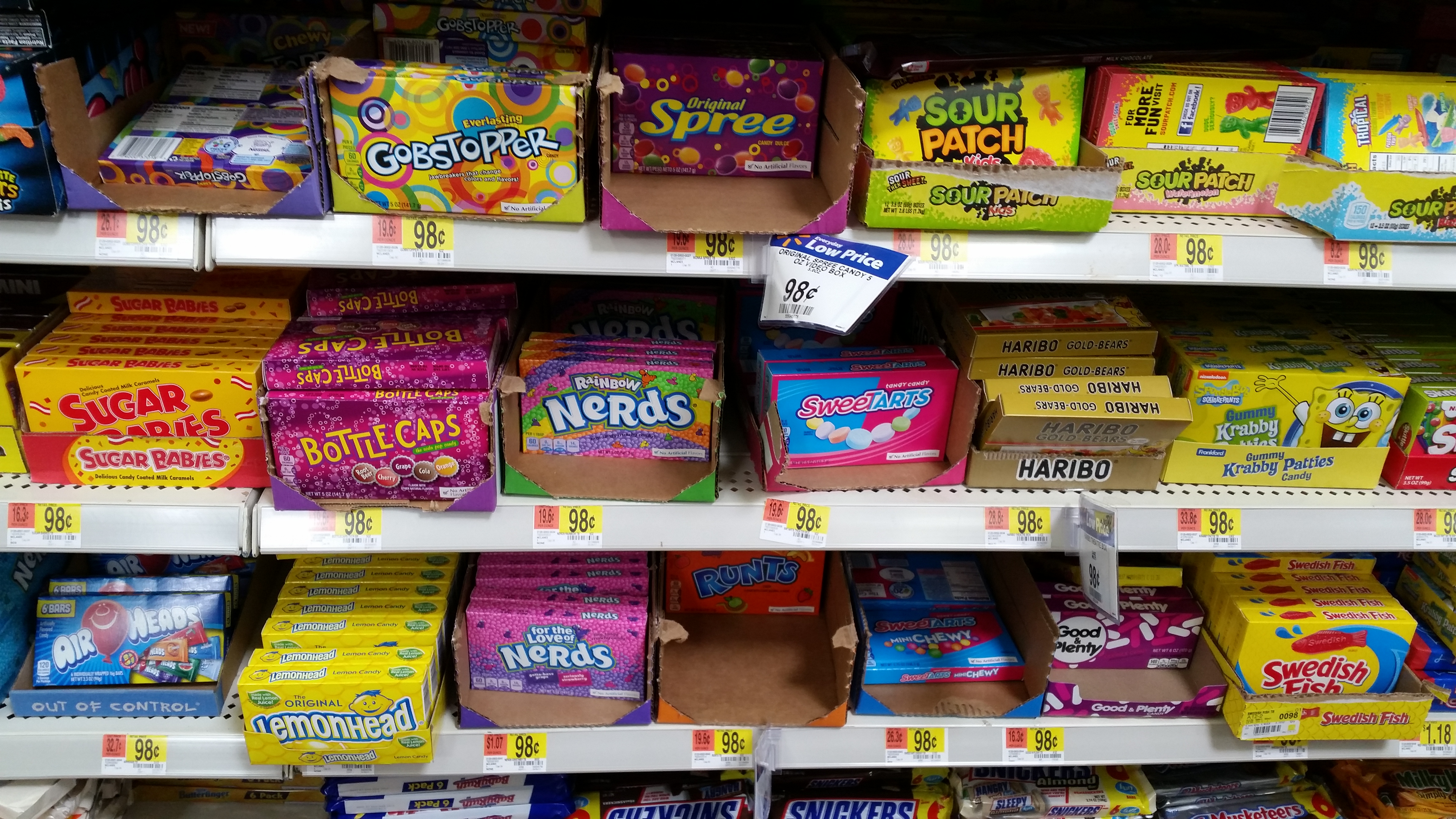Walmart Recall History

Walmart, being one of the largest retailers globally, has faced several product recalls over the years, including instances involving candy. These recalls are crucial for ensuring consumer safety and maintaining public trust. Understanding the history of Walmart candy recalls can provide valuable insights into the factors that contribute to such incidents and the measures taken to address them.
Timeline of Significant Walmart Candy Recalls, Walmart recalls candy
The following timeline highlights some significant candy recalls initiated by Walmart in the past five years. These recalls demonstrate the diverse range of reasons for product recalls and the potential impact on consumers.
- 2018: Walmart recalled certain varieties of chocolate-covered pretzels due to the potential presence of undeclared milk, a known allergen. This recall affected several states and highlighted the importance of accurate labeling and ingredient disclosure.
- 2019: A recall was issued for specific batches of gummy candies due to the potential presence of undeclared peanuts. This recall emphasized the need for robust allergen management practices in food production.
- 2020: Walmart recalled certain types of hard candies due to concerns about potential choking hazards, particularly for young children. This recall illustrated the importance of product safety considerations, especially for products consumed by vulnerable populations.
- 2021: A recall was issued for specific varieties of chocolate candies due to potential contamination with salmonella. This recall highlighted the critical role of proper food handling and storage in preventing foodborne illnesses.
- 2022: Walmart recalled certain types of jelly candies due to the potential presence of undeclared wheat, another common allergen. This recall emphasized the importance of maintaining accurate ingredient lists and preventing cross-contamination in food production.
Types of Recalls
Recalls can be categorized as voluntary or mandatory, each with distinct implications for consumers.
- Voluntary Recalls: Initiated by the manufacturer or retailer themselves, typically after identifying a potential safety issue. These recalls are often proactive and demonstrate a commitment to consumer safety. For consumers, voluntary recalls often mean a faster response and potentially a smoother return or exchange process.
- Mandatory Recalls: Ordered by a regulatory body, such as the FDA or USDA, when a product poses a significant safety risk. These recalls are usually triggered by a violation of safety standards or regulations. For consumers, mandatory recalls can involve stricter enforcement and potentially more stringent guidelines for product disposal or replacement.
Role of Regulatory Bodies
Regulatory bodies like the FDA (Food and Drug Administration) and USDA (United States Department of Agriculture) play a crucial role in overseeing food safety and initiating recalls when necessary.
- FDA: The FDA regulates the safety of food, drugs, and medical devices. They establish standards for food production, labeling, and distribution. The FDA can initiate mandatory recalls for products that violate these standards or pose a significant health risk.
- USDA: The USDA oversees the safety of meat, poultry, and egg products. They also regulate the production and labeling of certain agricultural products. The USDA can issue mandatory recalls for products that fail to meet their safety standards or pose a risk to consumers.
Impact of Recalls on Consumers: Walmart Recalls Candy

Recalling candy products can have significant implications for consumers, ranging from health risks to financial losses and emotional distress. Understanding the potential consequences of consuming recalled candy and the steps to take in such situations is crucial for consumer safety and well-being.
Health Risks Associated with Recalled Candy
Consuming recalled candy can pose various health risks depending on the nature of the recall. Common reasons for candy recalls include:
- Presence of Allergens: Undisclosed allergens, such as peanuts, tree nuts, or dairy, can trigger severe allergic reactions in susceptible individuals, potentially leading to anaphylaxis, a life-threatening condition.
- Contamination with Foreign Objects: Recalls due to foreign objects, such as metal fragments, glass shards, or plastic pieces, can result in choking hazards, cuts, or internal injuries.
- Bacterial Contamination: Recalled candy may be contaminated with harmful bacteria like Salmonella or E. coli, leading to food poisoning with symptoms such as nausea, vomiting, diarrhea, and abdominal cramps.
- Mislabeling or Incorrect Ingredients: Mislabeling or incorrect ingredient information can pose risks to individuals with dietary restrictions or allergies, leading to unintended consumption of prohibited substances.
Emotional and Financial Consequences of Recalls
Candy recalls can have significant emotional and financial consequences for consumers.
- Product Loss: Consumers who have purchased recalled candy lose the value of the product, as it becomes unsafe for consumption. This financial loss can be substantial, especially for large purchases or multiple purchases.
- Inconvenience: Recalls necessitate returning the product to the retailer or disposing of it, adding an extra step and inconvenience to the consumer’s routine.
- Distrust: Recalls can erode consumer trust in the brand and the retailer, leading to hesitation in future purchases and potential damage to brand reputation.
- Medical Expenses: If consuming recalled candy leads to health issues, consumers may incur additional medical expenses for treatment and recovery.
Steps to Take When Encountering a Recalled Product
Consumers should take the following steps if they encounter a recalled product:
| Step | Action |
|---|---|
| 1 | Check for Recall Notices: Regularly check for recall notices from government agencies like the FDA or from the retailer’s website. |
| 2 | Identify the Recalled Product: Verify if the product you have matches the description and details of the recalled product. |
| 3 | Return the Product: Return the recalled product to the retailer for a refund or exchange, following their return policy. |
| 4 | Contact Walmart: Contact Walmart customer service to report the recalled product and inquire about any further actions or compensation. |
| 5 | Seek Medical Attention: If you or someone you know has consumed the recalled product and experiences symptoms, seek medical attention immediately. |
Walmart’s Response to Recalls

Walmart, as a leading global retailer, has a responsibility to ensure the safety of its products and the well-being of its customers. When product recalls occur, Walmart’s response plays a crucial role in mitigating potential risks and maintaining consumer trust.
Communication Strategies During Recalls
Walmart utilizes a multi-faceted approach to communicate recall information to consumers. This includes:
- Website Notifications: Walmart prominently displays recall notices on its website, making it easily accessible to customers. These notices typically include details about the affected products, potential hazards, and instructions for returning or disposing of the recalled items.
- Email Alerts: Walmart’s email subscription service allows customers to receive notifications about product recalls relevant to their purchase history. This ensures timely communication and helps ensure consumers are aware of any potential risks associated with products they have purchased.
- Social Media Updates: Walmart leverages its social media platforms, such as Facebook and Twitter, to disseminate recall information to a wider audience. This approach allows for rapid dissemination of information and engages consumers in a familiar online environment.
- In-Store Signage: Walmart places clear and visible signage in its stores to alert customers about product recalls. These signs often include details about the recall, including product descriptions, dates of manufacture, and instructions for returning or disposing of the affected items.
- Customer Service: Walmart’s customer service representatives are trained to handle recall inquiries and provide consumers with accurate and up-to-date information. They are also responsible for guiding customers through the return process and ensuring their concerns are addressed.
Effectiveness of Walmart’s Recall Procedures
Walmart’s recall procedures have been generally effective in ensuring timely communication and customer safety. However, some areas for improvement have been identified:
- Streamlining the Return Process: While Walmart offers various return options, some customers have reported difficulties navigating the process, particularly when dealing with online purchases. Streamlining the return process, such as offering pre-paid return labels for online purchases, could improve customer satisfaction and encourage timely compliance with recalls.
- Enhanced Transparency: While Walmart provides information on its website, some consumers have expressed a desire for more detailed explanations of the recall process and the reasoning behind the recall. Increased transparency in communication could foster trust and understanding among customers.
- Proactive Communication: In some instances, consumers have reported learning about recalls from external sources rather than directly from Walmart. Proactive communication, such as sending out alerts to customers who have purchased potentially affected products, could help ensure timely awareness and minimize the risk of consumers unknowingly using recalled items.
Comparison with Other Retailers
Walmart’s response to recalls is generally in line with best practices observed among other major retailers. However, some retailers have implemented innovative approaches that could be adopted by Walmart:
- Text Message Alerts: Some retailers, such as Target, have implemented text message alerts for recall notifications. This approach allows for immediate and direct communication with customers, particularly for those who prefer mobile communication channels.
- Integration with Mobile Apps: Several retailers, including Amazon, have integrated recall information into their mobile apps. This allows customers to easily access recall information directly within the app, providing a convenient and accessible platform for accessing crucial information.
- Proactive Product Replacement: Some retailers have implemented proactive product replacement programs, offering customers new products without requiring them to return the recalled items. This approach demonstrates a commitment to customer satisfaction and minimizes inconvenience for consumers.
Walmart recalls candy – Walmart’s recent candy recall highlights the importance of food safety, reminding us that even seemingly simple products can pose risks. While we focus on these domestic issues, it’s important to remember the complexities of global affairs, such as the ongoing tension between Israel and Iran , which has implications for regional stability and food security.
Ultimately, ensuring the safety of our food supply requires vigilance on both a local and international level.
Walmart’s recent candy recall highlights the importance of food safety, reminding us that even seemingly harmless treats can pose risks. It’s a stark contrast to the situation in Lincoln, NH, where a recent outbreak of Legionnaires’ disease lincoln nh legionnaires disease has raised concerns about the safety of public water systems.
While these incidents are unrelated, they both underscore the need for vigilance and proactive measures to ensure the well-being of our communities. In the case of the candy recall, Walmart has taken swift action to remove potentially contaminated products from shelves, demonstrating their commitment to consumer safety.
